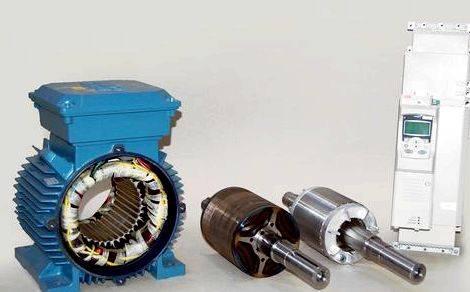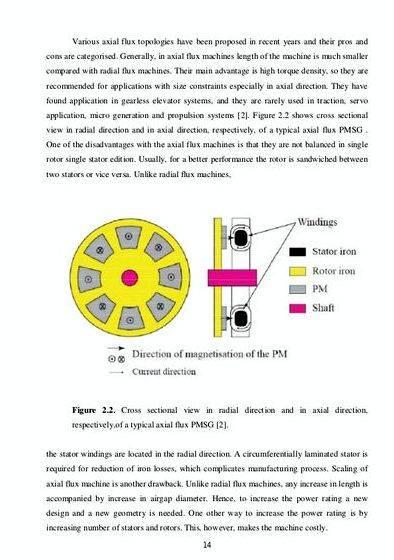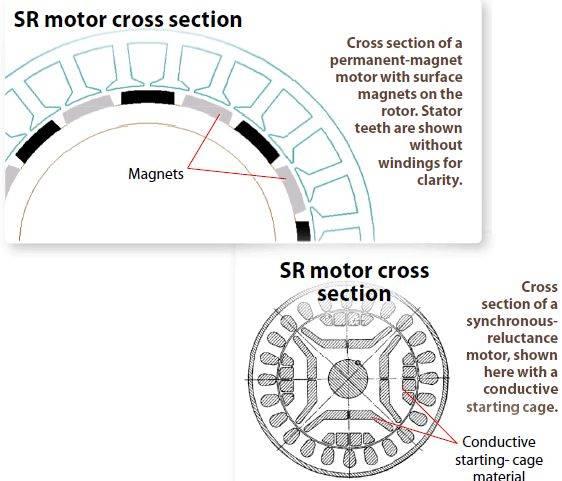Do you hope to find 'reluctance motor thesis'? Here you can find questions and answers on the topic.
Table of contents
- Reluctance motor thesis in 2021
- Variable reluctance motor
- Reluctance motor thesis 03
- Reluctance motor thesis 04
- Reluctance motor thesis 05
- Reluctance motor thesis 06
- Reluctance motor thesis 07
- Reluctance motor thesis 08
Reluctance motor thesis in 2021
 This image shows reluctance motor thesis.
This image shows reluctance motor thesis.
Variable reluctance motor
 This image demonstrates Variable reluctance motor.
This image demonstrates Variable reluctance motor.
Reluctance motor thesis 03
 This picture shows Reluctance motor thesis 03.
This picture shows Reluctance motor thesis 03.
Reluctance motor thesis 04
 This image demonstrates Reluctance motor thesis 04.
This image demonstrates Reluctance motor thesis 04.
Reluctance motor thesis 05
 This picture illustrates Reluctance motor thesis 05.
This picture illustrates Reluctance motor thesis 05.
Reluctance motor thesis 06
 This image demonstrates Reluctance motor thesis 06.
This image demonstrates Reluctance motor thesis 06.
Reluctance motor thesis 07
 This image shows Reluctance motor thesis 07.
This image shows Reluctance motor thesis 07.
Reluctance motor thesis 08
 This image representes Reluctance motor thesis 08.
This image representes Reluctance motor thesis 08.
How is SynRM operation principle based on dierent reluctance?
SynRM operation principle is based on a deep variation in the magnetic ux due to dierent reluctance on its way. tor. The stator of such a motor can be the same as the stator of induction motor, while the rotor is safer and its design is simpler [5]. To increase the value of electromag-
What are the results of a Switched Reluctance motor?
Chapter 3 describes the simulation results for serious of switched reluctance motor designs by changing () rotor pole arc / pole pitch ratio, and () stator pole arc / pole pitch ratio, for 3 Phase, 6/4 Poles SRM and 4 Phase, 8/6 Poles SRM.
How big is a synchronous reluctance mental rotor?
PROTOTYPE OF SYNCHRONOUS RELUCTANCE MOTOR mental rotor is selected as an object of the research [6]. Figure 1 presents a cross- section of the motor under investigation, which has a six-slot stator. There are dier - Z=24. Outer diameter of the motor is assumed to be a constant value.
What is the study of the synchronous reluctance motor?
The paper focuses on studying the external-rotor synchronous reluctance motor. The analysis is performed to estimate the influence of the number of stator slots and non-magnetic areas in the rotor (i.e., flux barriers) on the electromagnetic torque and torque ripple of the studied motor.
Last Update: Oct 2021